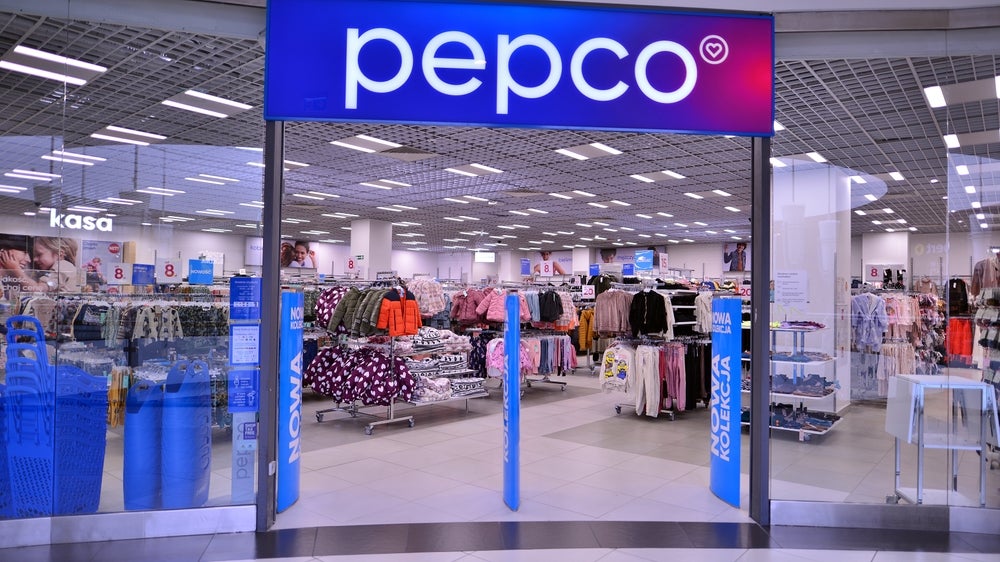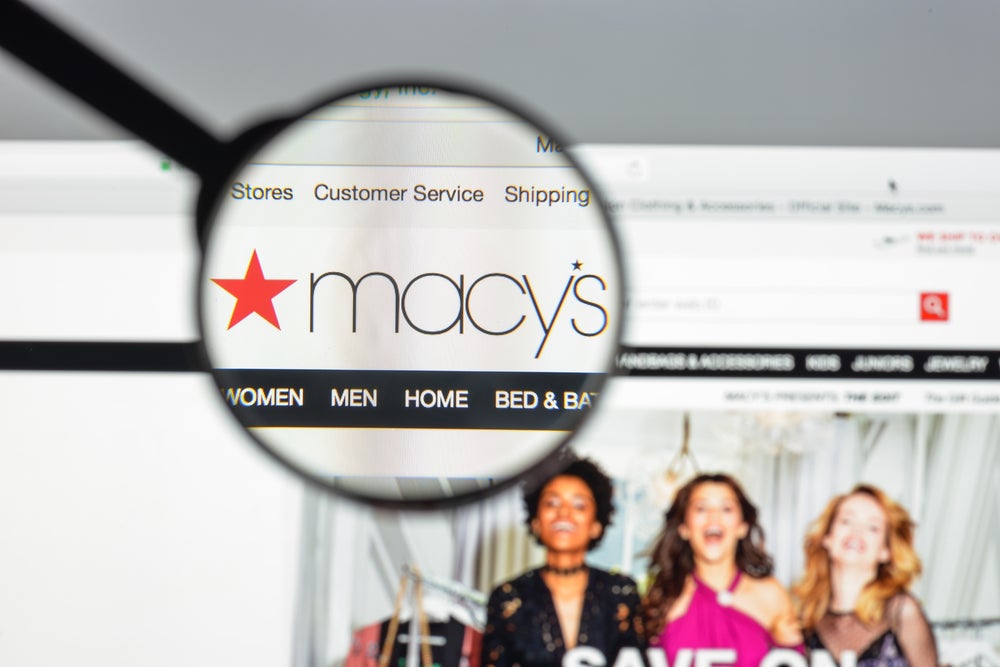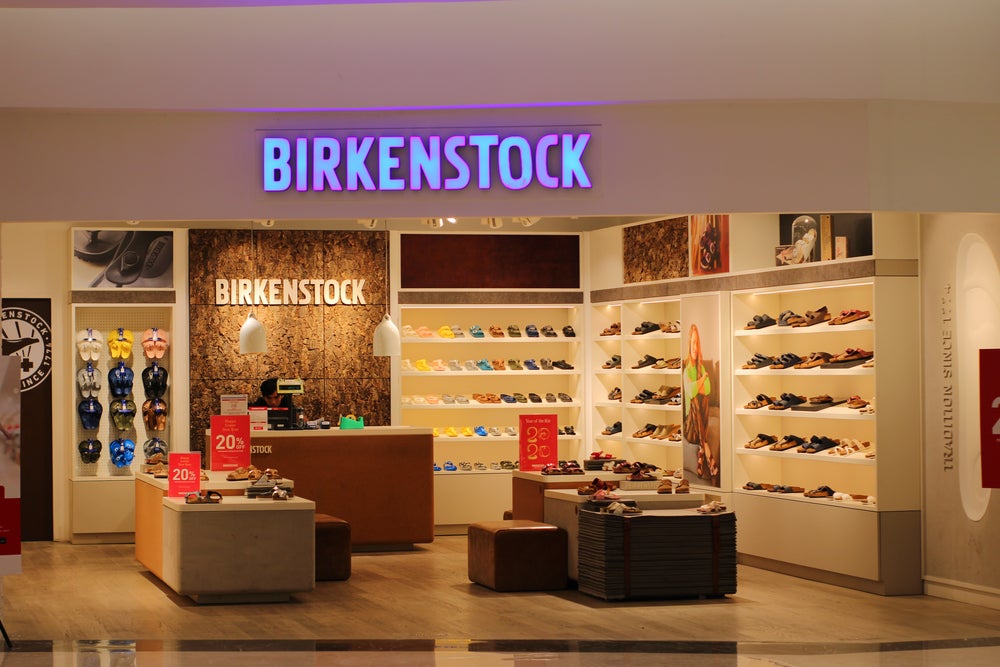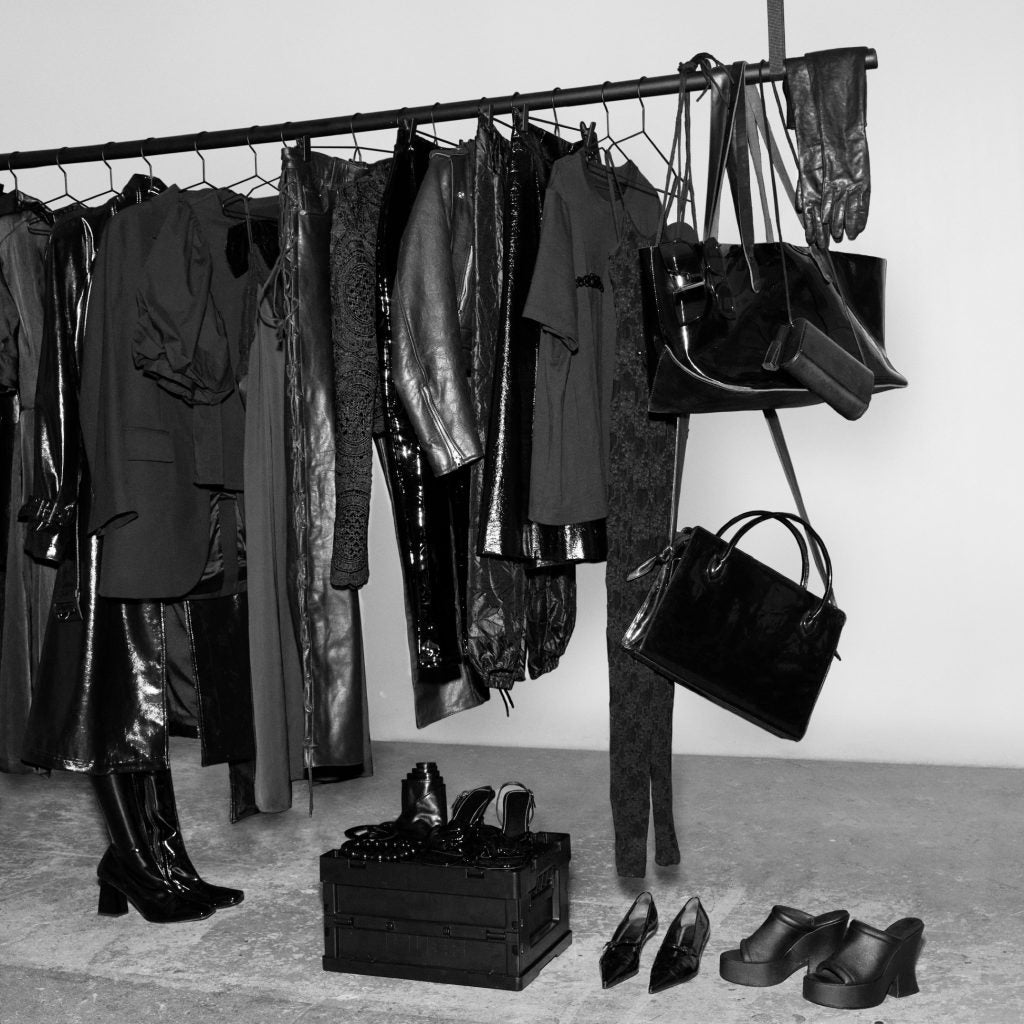John Lewis & Partners which owns the John Lewis and Waitrose brands recorded narrower losses before tax by 41% to £59m (US$73.6m) in H2. Before-tax and exceptional item losses came in at £57.3m compared with a loss of £66.8m a year earlier.
Total sales for the group were 2% higher at £5.8bn while revenue was up 3%.
But John Lewis unit sales were down 2% to £2.1bn. The retailer pointed out the fashion segment benefited by customers continuing to “spend on themselves” which resulted in a 3% sales rise for the half-year compared to a year earlier.
Meanwhile, Zoe Mills, lead retail analysts at GlobalData, says the partnership “has succumbed to the pressures of the cost-of-living crisis, as the mid-market player struggled to retain appeal in a retail market plagued by consumers seeking low prices.”
“Indeed, as was noted this time last year, a marked improvement in H2 will be needed to improve its fortunes – something that could be feasible, though challenging, as it comes up against weaker comparatives.”
Mills asserts that while, similar to Next, clothing and beauty experienced a modest uplift, this was offset by lacklustre sales on big-ticket items. Conversely, Marks & Spencer, whose offering is similar, performed better with its Clothing & Home sales up 6% for the 19 weeks to 12 August.
She explains: “The smaller-ticket nature of fashion and beauty ensured shoppers could treat themselves to smaller luxuries despite the need to limit non-essential spending amid the cost-of-living crisis. Yet, the introduction of interest-bearing credit, which is live online and will come to stores from mid-October, is a good way to combat consumers’ hesitancy to make big-ticket purchases, ensuring John Lewis & Partners remain competitive with the likes of Very and Currys – both of which have competitive finance options.”
Mills also points out physical stores are continuing to outperform online, a thorn in the retailer’s side since it only operates out of 34 stores. “The department store retailer’s success continues to ride on a seamless online proposition.
“Indeed, John Lewis & Partners noted that consumers were drawn to its stores for services, with styling appointments up 27% and nursery consultations up 17%. Replicating this service element online is something it should develop given its limited physical reach in the UK as this will improve the weaker conversion seen online during this period.”















